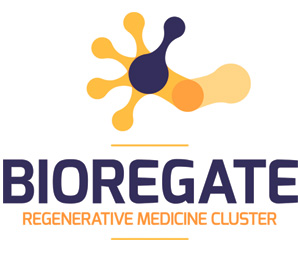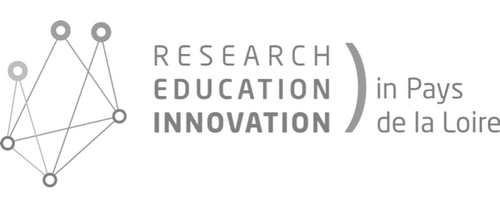Project abstract
OMBRE is an ambitious scientific proposal to mechanically characterize the bone regeneration process in the tissue engineering frameworks related to Mesenchymal Stromal Cell (MSC) based strategies or bone substitute isolated implantation.
The major challenge of the project is to correlate time- and space- resolved mechanical behavior evolution of bone to the related microbiological processes and regeneration kinetics. OMBRE will particularly highlight the distribution of mechanical stresses induced by the reconstruction process supported by the mineral part of bone architecture (hydroxyapatite – Hap) through mechanical state mapping thanks to X-ray diffraction on both laboratory and Large Facilities (synchrotron) sources in various regeneration levels until complete reconstruction.
An original approach will concurrently be set up to finely characterize the mechanical response of bone as regard to the different reconstruction stages. Strain and stress field analysis under in situ mechanical loadings will characterize their mechanical behavior and notably the dominant role of the interfacial area between natural and reconstructed bone onto the macroscopic mechanical behavior.
These experimental data will then be compared to an original two-level scale transition model based on the self-consistent approach enabling to account for the main architectural and microstructural elements (mineral density, vascularity, porosity …) peculiar to the considered material.
The adopted methodology will then be built on a close interaction between modeling methods (i.e. homogenization methods) and complementary experimental means on both microstructural observations (XRD, SEM, TEM, Tomography …) and mechanical characterizations (nan indentation, in situ and post-mortem mechanical testing, …) on different length scales (crystal, interface and macroscopic) and taken into account in the dedicated developed model.
In the light of those results, a complete expertise will be carried out onto biological processes occurring at the microscopic level involved in the bone regeneration in order to dug out necessary information for the advent of strategies of bone regeneration in ischemic bone with poor regeneration properties in head surgery or after bone irradiation for the treatment of squamous cell carcinomas of the upper aero digestive tract or for the treatment of Cleft lip and palate that is the most prevalent congenital craniofacial malformation in humans.
Finally, OMBRE aim thus for a better understanding of the influence of phenomena taking part to the regeneration process onto the global mechanical behavior in the prospect of innovative regeneration strategies to be further developed thanks to combination of both experimental characterizations and complementary multiscale and multidisciplinary simulations.
This will then enable meticulous development of innovative reconstruction strategies and their optimization taking into account not only the biological aspect but also the mechanical aspect often neglected.

